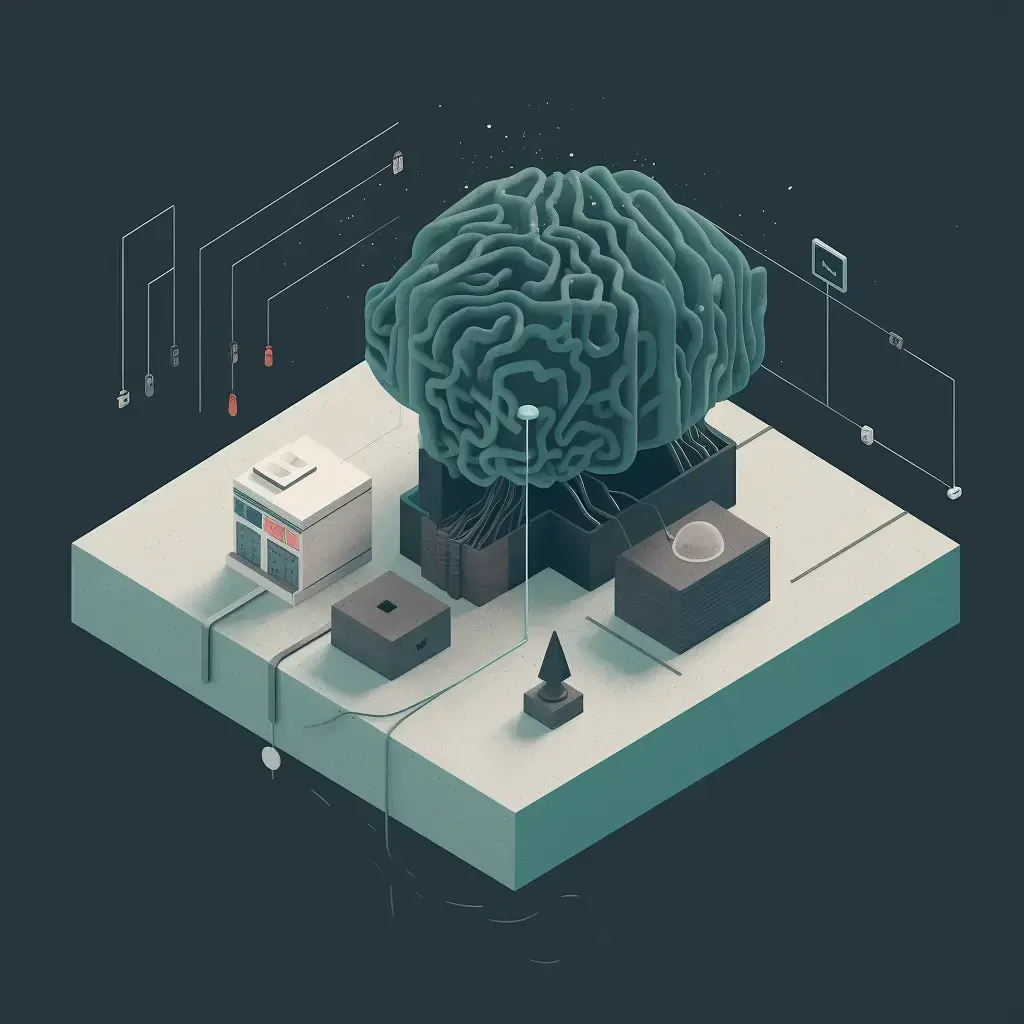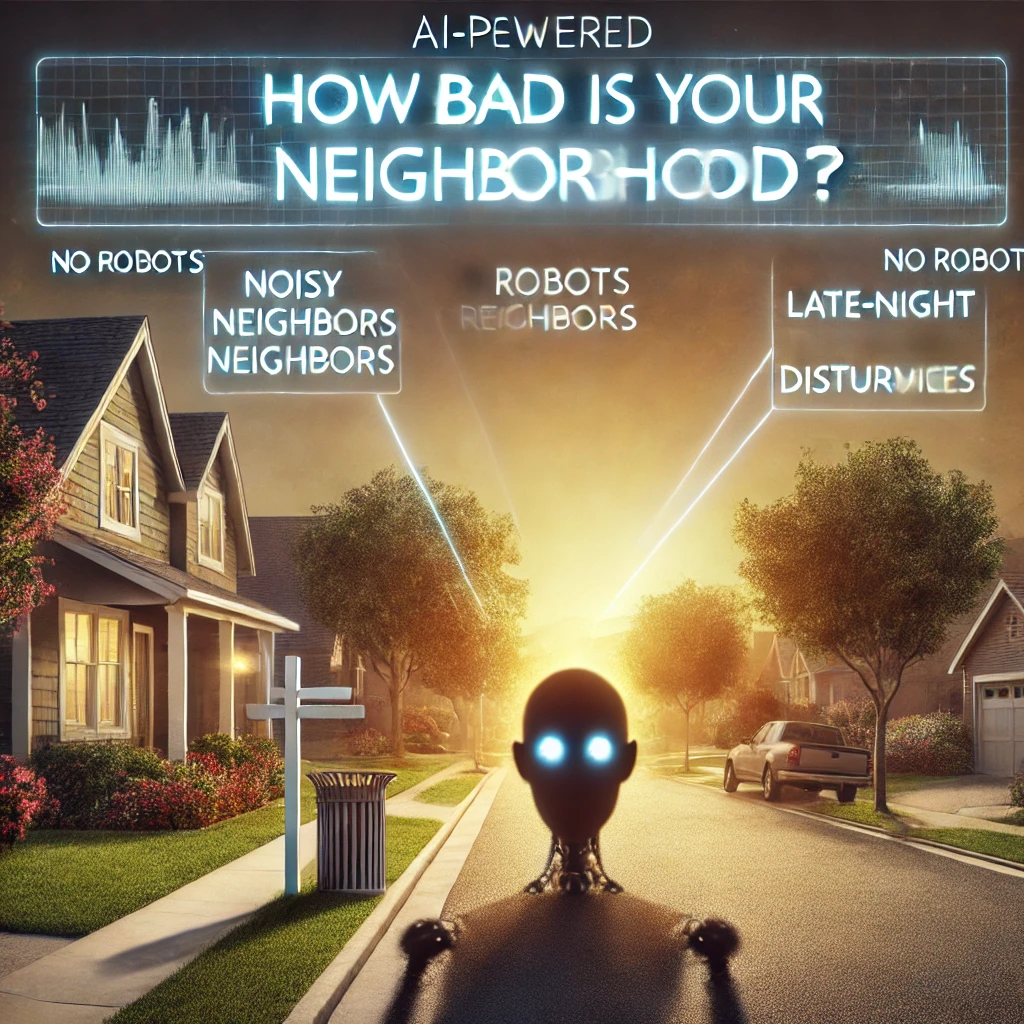Crime and Safety Concerns
Overall Crime Rate:
Dallas continues to struggle with significant crime issues. Despite some reports of overall violent crime reductions in recent years, the city’s crime rate remains alarmingly high compared to national averages. In 2023, the overall crime rate for Dallas was reported at 1 in 130 for violent crimes and 1 in 26 for property crimes, which is considerably above the national average.
Violent Crime:
Violent crimes, including assault, robbery, and homicide, are pervasive in Dallas. In 2023, there was a notable spike in murders, with 246 homicides reported throughout the year. This sharp increase has led to growing concerns among residents and calls for increased police presence. Assaults and robberies are also prevalent, making certain areas of the city particularly dangerous.
Property Crime:
Property crimes, such as burglary, theft, and vandalism, are rampant in Dallas. The city’s property crime rate is significantly higher than the national average, with residents facing a 1 in 26 chance of becoming a victim. This pervasive issue contributes to an environment of insecurity and mistrust.
Neighborhood-Specific Dangers:
Certain neighborhoods in Dallas are known for their high crime rates and should be avoided, including neighborhoods like South Dallas, Oak Cliff, and West Dallas. These areas are notorious for their violent crimes and property crimes, perpetuating a cycle of fear and instability for residents.
Economic Hardships
High Unemployment Rates:
Dallas faces economic challenges, including higher-than-average unemployment rates. The job market is unstable, with many residents finding it difficult to secure stable employment. This economic instability exacerbates other issues, such as crime and poverty.
Poverty Levels:
Widespread poverty permeates Dallas, with numerous economically depressed areas scattered throughout the city. The disparity between wealthy neighborhoods and impoverished ones is stark, contributing to a divided and polarized community.
Job Market Instability:
The job market in Dallas is characterized by a lack of opportunities and instability. Many residents struggle to find well-paying, stable jobs, leading to economic hardship and a lower quality of life.
Cost of Living and Affordability Issues
Exorbitant Housing Costs:
Housing in Dallas has become increasingly unaffordable. Skyrocketing rents and property prices have made it difficult for many residents to find affordable housing. This housing crisis has led to a rise in homelessness and housing insecurity.
High Cost of Essentials:
The cost of basic necessities, such as groceries, utilities, and healthcare, is high in Dallas. This, combined with stagnant wages, creates a financial burden for many residents, making it challenging to make ends meet.
Stagnant Wages:
There is a significant mismatch between the high cost of living and stagnant or low wages in Dallas. Many residents find it difficult to cope with the financial pressures, contributing to economic stress and hardship.
Environmental Concerns
Pollution Levels:
Dallas struggles with poor air quality and pollution. Industrial activities and heavy traffic contribute to significant air pollution, affecting the health and well-being of residents. Water pollution is also a concern, further impacting the environment and quality of life.
Lack of Green Spaces:
The city suffers from a scarcity of parks and recreational areas. Public spaces that do exist are often poorly maintained, limiting opportunities for outdoor activities and contributing to a lower quality of life.
Traffic Congestion:
Chronic traffic congestion plagues Dallas, leading to long commute times and significant daily frustrations for residents. The high volume of traffic also contributes to pollution and environmental degradation.
Infrastructure Problems
Aging or Inadequate Infrastructure:
Dallas faces issues with outdated and poorly maintained infrastructure. Roads, bridges, and public transportation systems are in dire need of upgrades and repairs. This neglect has led to frequent disruptions and inefficiencies.
Frequent Power Outages:
Residents in Dallas often deal with unreliable utilities, including frequent power outages. These disruptions can significantly impact daily life and contribute to a general sense of instability and inconvenience.
Public Transit Failures:
Public transportation in Dallas is notoriously unreliable. Long wait times, overcrowding, and limited routes make it difficult for residents to depend on public transit, exacerbating traffic congestion and limiting mobility.
Education and Healthcare Shortcomings
Poor-Performing Schools:
The education system in Dallas is plagued by poor performance. Low graduation rates and poor test scores are common in local schools, limiting opportunities for young residents and contributing to systemic inequality.
Lack of Healthcare Access:
Access to quality healthcare is a significant issue in Dallas. Long wait times, few available providers, and high costs make it difficult for residents to receive the care they need, leading to negative health outcomes and increased stress.
Underfunded Public Services:
Essential public services in Dallas are often underfunded, leading to a lower quality of life for residents. This lack of funding impacts everything from education and healthcare to infrastructure and public safety.
Social and Cultural Drawbacks
Social Isolation:
Many residents in Dallas experience a lack of community feel or social engagement, leading to feelings of isolation. The city’s sprawling nature and economic disparities further contribute to this sense of disconnect.
Limited Cultural Activities:
Despite being a major city, Dallas has a scarcity of cultural activities, events, or venues. This lack of cultural enrichment can lead to a dull or uninteresting social scene, discouraging social engagement and community building.
Rising Homelessness:
Homelessness is a significant issue in Dallas, with many individuals and families living on the streets. This crisis impacts the city’s environment and safety, creating challenges for both the homeless population and the wider community.
Natural Disasters and Climate Risks
Frequent Natural Disasters:
Dallas is at risk for various natural disasters, including tornadoes, floods, and even occasional earthquakes. These events can cause significant damage and disrupt daily life, adding to the overall sense of instability.
Climate Extremes:
The climate in Dallas is characterized by extreme weather conditions. Unbearable heat during the summer months, harsh winters, and high humidity levels can make living in the city uncomfortable and challenging.
Lack of Disaster Preparedness:
The city’s disaster preparedness and response systems are often criticized for being inadequate. This lack of preparedness can exacerbate the impact of natural disasters, leaving residents vulnerable and unprotected.


